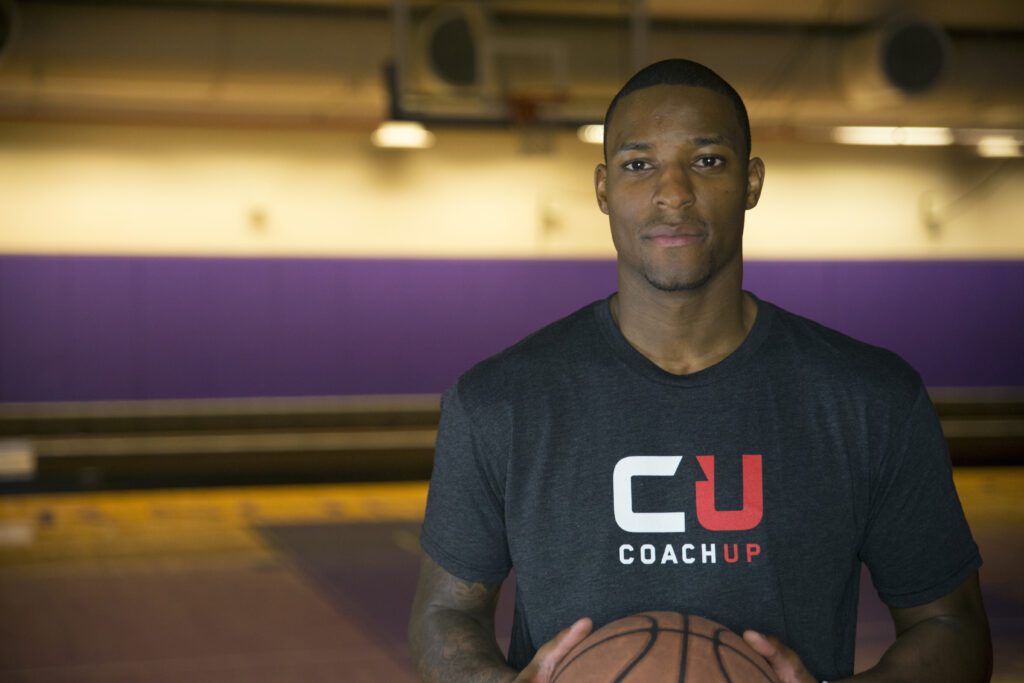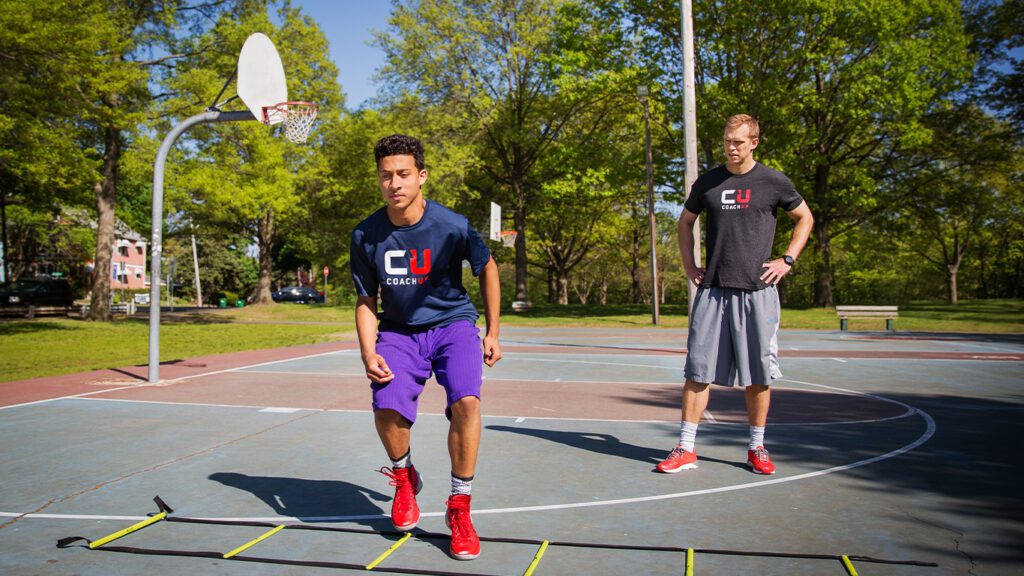Many parents, coaches, and even trainers make the mistake of pushing athletes to train at so-called “game speed” every session. While the phrase sounds motivating, game speed training is often misunderstood — and overused.
In reality, elite performance isn’t built by going full throttle all the time. It’s achieved through structured, strategic training that incorporates different training intensity zones — a method proven effective by world-class athletes in every sport.
What Is Game Speed Training — and Why It’s Misleading

“Game speed” refers to the highest intensity athletes exert during live competition. But here’s the problem: expecting athletes to consistently train at that level is unsustainable and even counterproductive.
True sports performance training should involve practicing at various intensity levels. When done correctly, only 20% or less of training should occur at actual game speed. The rest should focus on improving skills, recovery, and endurance through VT1 and VT2 training principles.
Understanding the Three Training Intensity Zones
To maximize results, athletes should divide their training into three distinct intensity zones:
Zone 1: VT1 — The Foundation (70-80% of Training)
At this level, athletes are working at a pace where they can still maintain a conversation — think warm-ups, light jogging, or skill-based drills. This is the base zone used to build aerobic capacity and improve endurance.
Zone 2: Between VT1 and VT2 — Moderate Intensity (Less Than 10%)
This is a more demanding zone where breathing becomes heavier and lactate begins to accumulate. It’s difficult to sustain for long and often used in interval training for athletes to push thresholds.
Zone 3: Above VT2 — High Intensity (10-20%)
At this level, athletes perform at or near their physical max. Think sprints, heavy lifts, or full-court drills. It stresses the phosphagen system and is key for developing explosive power — but must be used sparingly.
How to Apply Training Intensity Zones in Practice

Here’s how to integrate training intensity zones into a typical basketball session:
- Warm-Up (Zone 1): Start with something simple like stair runs or push-ups. Athletes should still be able to speak normally — this builds aerobic readiness.
- Skill Work (Zone 2): Move into ball-handling or full-court lay-up drills. Athletes should be challenged but not pushed to max output.
- Active Recovery (Back to Zone 1): Slow it down with free throws or light dribbling. This brings the heart rate down and enhances skill development.
- High Intensity Burst (Zone 3): End with 5–10 minutes of wall jumps or full-court suicides. Then return to free throws (active recovery) to reset.
This rotation not only boosts conditioning for athletes, but also mimics how intensity fluctuates during real games — without burning out the body or mind.
Why Interval Training Is Key for Athletic Development
Instead of relying on constant, high-output sessions, top coaches use interval training for athletes to alternate intensity levels, maximizing physical development while minimizing injury risk.
This method:
- Develops speed and power without overtraining
- Teaches mental resilience and control
- Enhances recovery and skill performance under fatigue
Training at different intensities doesn’t just improve physical output — it turns players into smarter, more durable athletes.
Training Is an Art — Not Just About Intensity

Effective coaching isn’t about pushing players to their limit every session. It’s about strategically managing effort across training intensity zones while teaching technical and tactical skills.
This is the difference between being an athlete and being an elite athlete.
Final Takeaway: Stop Chasing Game Speed, Start Training Smarter
“Train hard” doesn’t always mean “train fast.” Elite athletes and top coaches know that progress is built through structure, patience, and using the right tools — especially VT1 and VT2 training models.
By prioritizing training intensity zones and incorporating smart intervals into your sessions, you’ll see real, sustainable performance gains — both mentally and physically.
CoachUp is the safest and easiest way to find a coach for personalized training. With our 100% money-back guarantee and vetted coaches, anyone can achieve their full athletic potential. Find your perfect coach today and become the athlete you want to be!
How useful was this post?
Click on a star to rate it!
Average rating 4.8 / 5. Vote count: 9
No votes so far! Be the first to rate this post.





One Response
I am an old guy {91} Training for up coming track meets. I participate in short sprints 50 meters and 100 meters. I train every day with warm up, strength drills and then running drills. How many days a week should I run 100 percent and for how many sprints? Thanks foor your guidance..